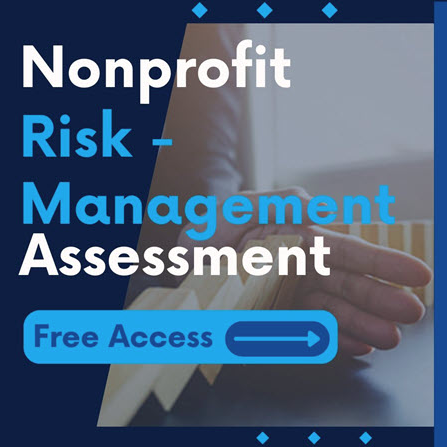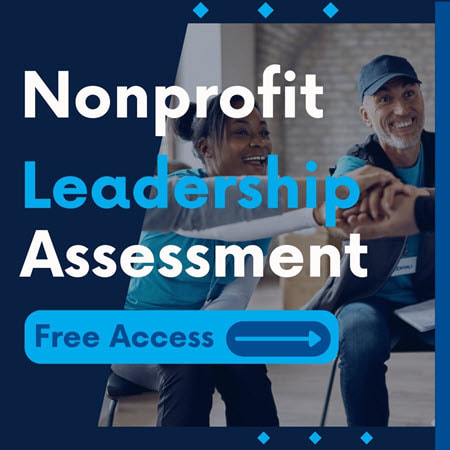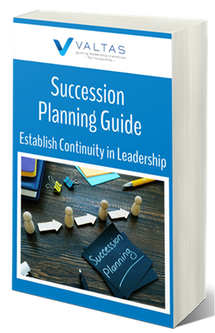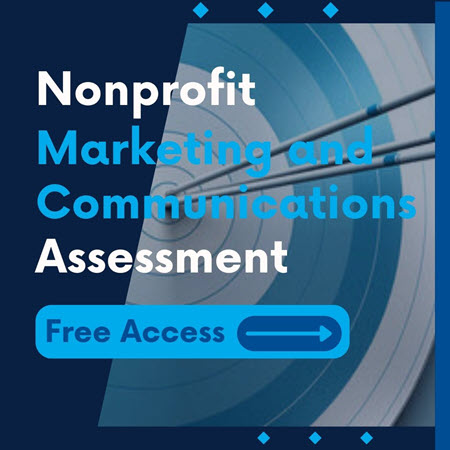THE LATEST FROM VALTASNews, updates, and stories to keep you in the know.
|
The rationalizations for resisting actually doing succession planning range from, “Who am I to tell future leaders who to pick?” to “I should wait to do this until I am closer to leaving.” Often times it starts to sound more like a discussion about wills and death. But, regardless of the response when the subject is broached, effective succession nonprofit planning is crucial for an organization to maintain its focus and purpose regardless of who is leading. Nonprofits accumulate valuable institutional knowledge and expertise over time. A well-executed succession plan helps create a transfer of knowledge from outgoing leaders to their successors, preventing the loss of critical information and experience needed to keep the organization serving its key audiences. For this reason, it is always a worthwhile endeavor for nonprofit leadership to plan for the future no matter what stage of their career they are in or what is going on within the organization! Who Needs a Succession Plan? The reality of the matter is that every Executive Director/CEO is going to leave that post at some time. It is inevitable. When it happens, no matter how or why it happens, there will be a board of directors charged with identifying and supporting a new leader. What that board has to work with as they approach that task can be critical. But it isn’t just the ED/CEO position that should have a succession plan. A vacancy in any senior management position will have a major impact on the organization. Whether it is the ED/CEO or a Senior Management position in question, having a plan of action for transition that you developed in advance, while all was calm and working well, serves everyone well. It takes panic out of the equation and replaces it with confidence and calm as you activate a plan as opposed to just trying to get back to a new normal. A Step by Step Guide to Making a Succession Plan The best plans I have seen are framed by the ED/CEO, refined by the Senior Management Team, and vetted by the board. It is NOT a secret document stored in a safe. It is a living document that evolves and actually serves as recognition, a motivator, and a key part of annual planning. Answer Key Questions First start with the ED/CEO role. Think about the following questions and answer them on paper: 1. What are the necessary skills to be able to fill the role, especially during a time of transition?
2. Who might be able to step into the role on an interim basis?
3. Who might be a good candidate to step into the permanent role?
Do The Legwork Now you are set to have a good conversation with anyone who is in-house who you have named above. Go to them and explain, “I want you to know that I am working on a succession plan, and I am prepared to name you as someone who would be a good interim (or successor!). Are you up for that role should the occasion arise?” Ask them what they feel like they would need to be able to step into that role more confidently should they be asked. If they say no, this is your chance to learn why and remove them from the list. Communicate the Plan The next stop is your board of directors. Share the plan with the Executive Committee once a year. This keeps them focused on taking care of you (because it reminds them that you will not always be there) as well as other key staff (it prompts them to ask what you are doing to add to their skillset via professional development). Next Steps Once the plan is in place for the ED/CEO, it is time to require each member of the senior management team to follow the same process in their role. Encourage them to have a conversation with their staff about whether they are on the succession planning document, why, and what skills are noted that they have already and which skills they need to develop. This sends a great message of confidence, trust, and investment in them and their future with the organization. Once the plan is in place and has been vetted, save a copy in a place where the right people will know to look should something happen to you, but not in a public place where everyone can see it. I printed mine and had it in my desk in a sealed envelope. When you need help in an interim situation, please reach out to us! Our team of interim nonprofit Executive Directors has extensive experience leading a wide range of nonprofit organizations. We will work with your nonprofit to keep the organization running smoothly as you look for a permanent replacement and can even help you hire an Executive Director that will be the right fit for your needs. Find out why some of today’s most dynamic nonprofits choose to work with us! About the Author Dave Lenox – Managing Partner  Dave is the Managing Partner of Valtas Group. At Valtas, Dave’s focus is on providing clients the best resources available while working to achieve equity and inclusion for all in the non-profit sector. Dave is an experienced leader with a demonstrated history of working in the non-profit, change management, and organization design and management fields. Skilled in International Relations, Inclusive Governance models, Organizational Development, Social Media, and Training. Over the course of his career, Dave spent over 35 years serving in leadership roles at Special Olympics; President and CEO of Special Olympics Washington (SOWA), Vice President for Leadership Development and Education at Special Olympics Inc. in Washington, DC., Executive Director for Special Olympics West Virginia, and CEO for Special Olympics North Carolina. Comments are closed.
|
THE LATEST FROM VALTAS
You are welcome to subscribe to get the latest news, updates and insights from our team. Subscribe:Ask Valtas!Categories
All
Archives
July 2024
|







 RSS Feed
RSS Feed
